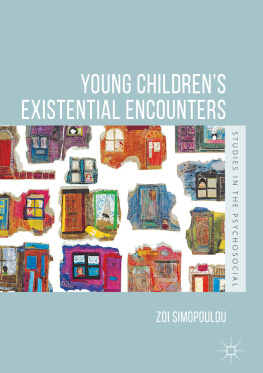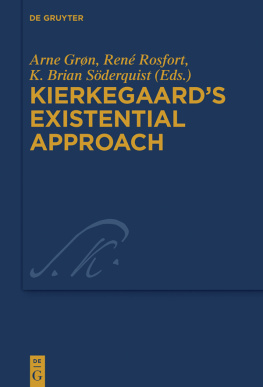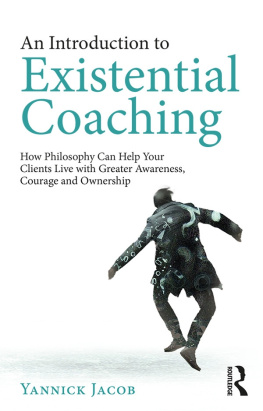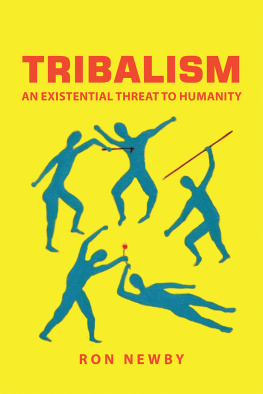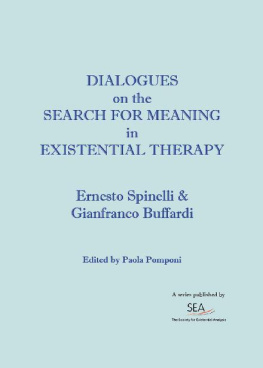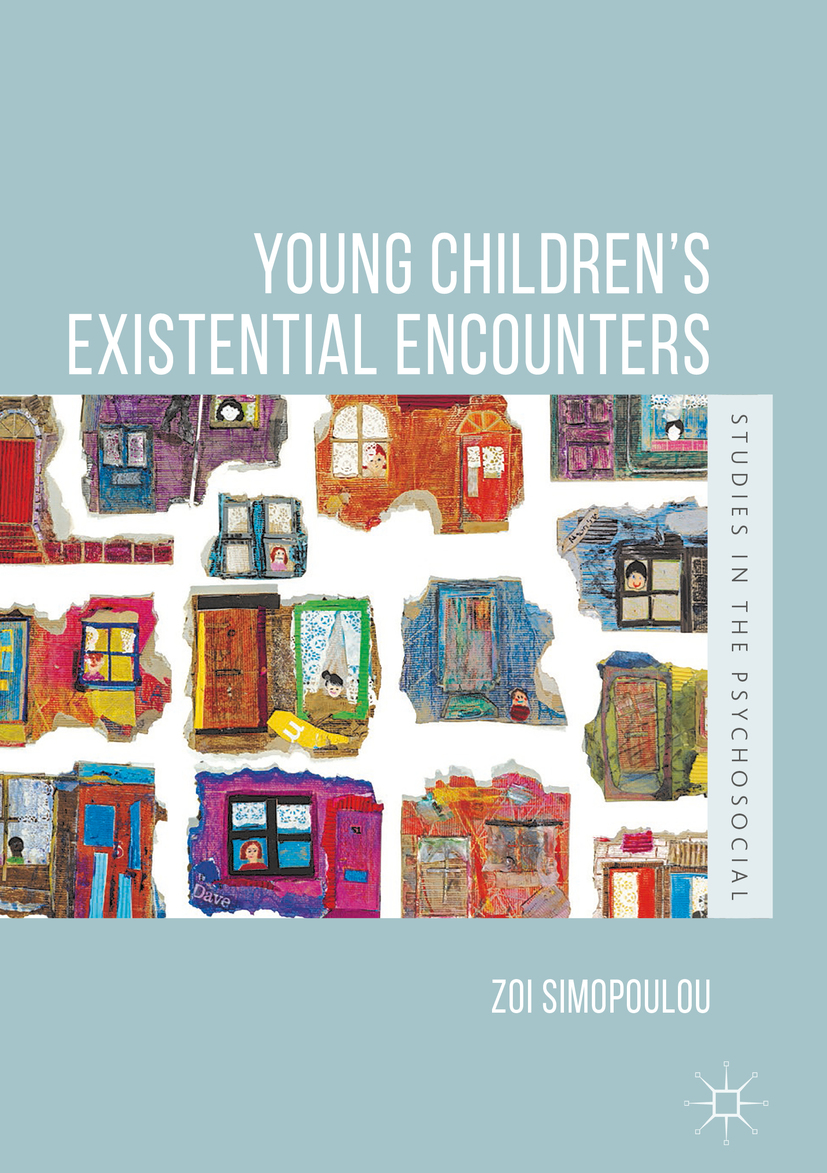Studies in the Psychosocial
Series Editors
Stephen Frosh
Department of Psychosocial Studies, Birkbeck, University of London, London, UK
Peter Redman
Faculty of Arts and Social Sciences, The Open University, Milton Keynes, UK
Wendy Hollway
Faculty of Arts and Social Sciences, The Open University, Milton Keynes, UK
Studies in the Psychosocial seeks to investigate the ways in which psychic and social processes demand to be understood as always implicated in each other, as mutually constitutive, co-produced, or abstracted levels of a single dialectical process. As such it can be understood as an interdisciplinary field in search of transdisciplinary objects of knowledge. Studies in the Psychosocial is also distinguished by its emphasis on affect, the irrational and unconscious processes, often, but not necessarily, understood psychoanalytically. Studies in the Psychosocial aims to foster the development of this field by publishing high quality and innovative monographs and edited collections. The series welcomes submissions from a range of theoretical perspectives and disciplinary orientations, including sociology, social and critical psychology, political science, postcolonial studies, feminist studies, queer studies, management and organization studies, cultural and media studies and psychoanalysis. However, in keeping with the inter- or transdisciplinary character of psychosocial analysis, books in the series will generally pass beyond their points of origin to generate concepts, understandings and forms of investigation that are distinctively psychosocial in character.
More information about this series at http://www.palgrave.com/gp/series/14464
Zoi Simopoulou
Young Childrens Existential Encounters
Zoi Simopoulou
School of Health in Social Science, University of Edinburgh, Edinburgh, UK
Studies in the Psychosocial
ISBN 978-3-030-10840-3 e-ISBN 978-3-030-10841-0
https://doi.org/10.1007/978-3-030-10841-0
Library of Congress Control Number: 2019931065
The Editor(s) (if applicable) and The Author(s), under exclusive license to Springer Nature Switzerland AG 2019
This work is subject to copyright. All rights are solely and exclusively licensed by the Publisher, whether the whole or part of the material is concerned, specifically the rights of translation, reprinting, reuse of illustrations, recitation, broadcasting, reproduction on microfilms or in any other physical way, and transmission or information storage and retrieval, electronic adaptation, computer software, or by similar or dissimilar methodology now known or hereafter developed.
The use of general descriptive names, registered names, trademarks, service marks, etc. in this publication does not imply, even in the absence of a specific statement, that such names are exempt from the relevant protective laws and regulations and therefore free for general use.
The publisher, the authors and the editors are safe to assume that the advice and information in this book are believed to be true and accurate at the date of publication. Neither the publisher nor the authors or the editors give a warranty, express or implied, with respect to the material contained herein or for any errors or omissions that may have been made. The publisher remains neutral with regard to jurisdictional claims in published maps and institutional affiliations.
Cover illustration: Inveralmond Community High School Art Department
This Palgrave Macmillan imprint is published by the registered company Springer Nature Switzerland AG
The registered company address is: Gewerbestrasse 11, 6330 Cham, Switzerland
To Olga and Nikos, and their childhood reveries.
Acknowledgements
I gratefully acknowledge the University of Edinburgh College of Humanities and Social Sciences for the Research Award that enabled my work on the topic of childrens existential encounters.
I would like to thank my doctoral supervisors, Professor Liz Bondi and Professor Jonathan Wyatt, for their kind space, the attuned and consistent presence throughout my research that allowed me movement. Judith Fewell and Chris Scalzo for encompassing my work and for their generous reveries on my reveries. Janet Sherrard, who stayed a little longer when I asked her to and supervised my psychoanalytic observations, and Gillian Sloan Donachy, Andrew Dawson, Anne Hood and Lynne Conway, my tutors at the Scottish Institute of Human Relations where it all started. Dr Cecelia Clegg who kept on believing in me. Dr Pauline Mottram for teaching me that the world is also my home. My family and my friends Elizabeth Chodzaza, Eleni Soldatou and Naomi Partridge for all the care throughout this work. Karen Serra Undurraga for her warm support.
I wish to express my thanks to the people at the nursery that homed my observations; at Palgrave for their interest in this work; and at the Inveralmond Community High School Art Department who kindly gave me permission to use their artwork themed Looking In, Looking Out for the cover of this book.
May, Nadia, Edward, Baba, Eilidh, thank you for all the things you showed me.
Contents
Part IIntroduction
Part IIReading, Dreaming, Writing, Asking, Playing, Thinking with; Reliving the Observations Kaleidoscopically
Part IIIDiscussion
This writing speaks to the times that I stood by a child gazing silently and taken by the poignancy of what they had just said or done whilst also unable to grasp a meaning of it. This moment moves me and immobilises me. I am moved by the childs meaningfulness in a manner that feels almost concrete, physical and enlivening. Awakened to something fresh and new, how do I begin to make sense of it? How do I stay true to its newness? How do I stay true to it, capture it without deadening it?
In my work with primary school children I watch them playing out their experiences, their agonies and their pleasures yet sometimes more than others their play struck me as significant. What are these moments made of? They arrive with a captivating meaningfulness: closely located in childrens lives yet existentially nuanced. They play in a manner that feels reflective, almost poetic; a turning inwards to take some of the world in and to make sense of it. Perhaps it is this contemplative qualitycapacityof the children that gives these moments some of their distinctive nuancing: they arrive busily embedded in their everydayness and give in to an attentive silence. A pause that asks me to speak to it. How do I speak to it? How am I present in this moment?
The question of meaning intensified in the course of my training in psychoanalytic observation informed by the theoretical tradition of British Objects relations. Psychoanalytic infant observation was first established in 1948 by Esther Bick as part of the Tavistock child psychotherapy training, as a method of directly observing infants and children in their natural environments in order to understand the nature of their mental processes (Bick , pp. 1415). Psychoanalytic observation becomes for me an emotional space that looks at the unconscious dynamics in a meaningful relational matrix by means of transference and countertransference. In this context I think of the childs play as driven by her unconscious workingsor my imaginings of her unconscious workings.

